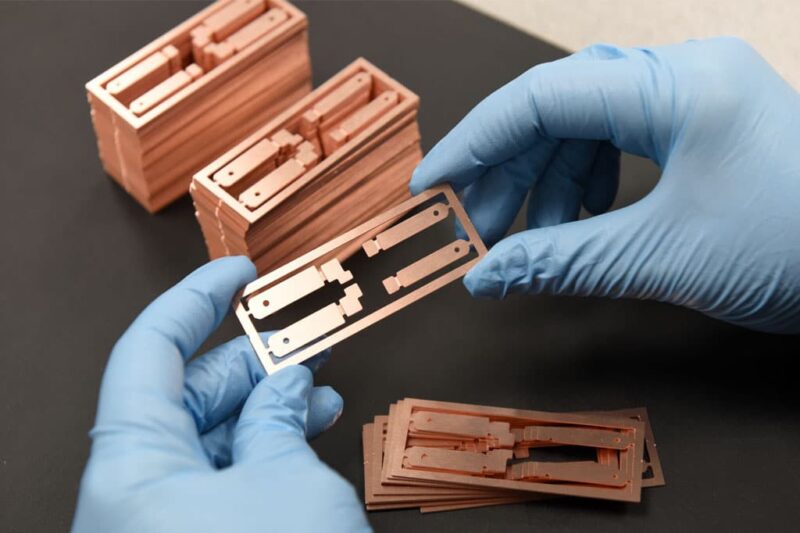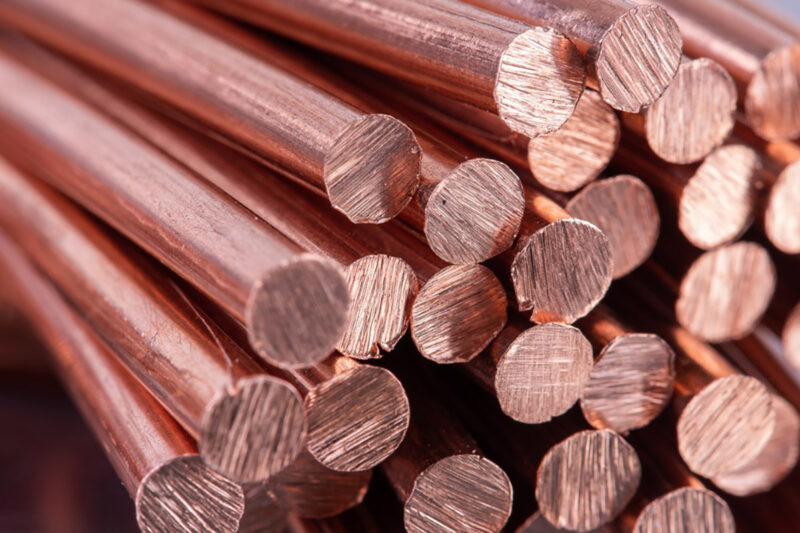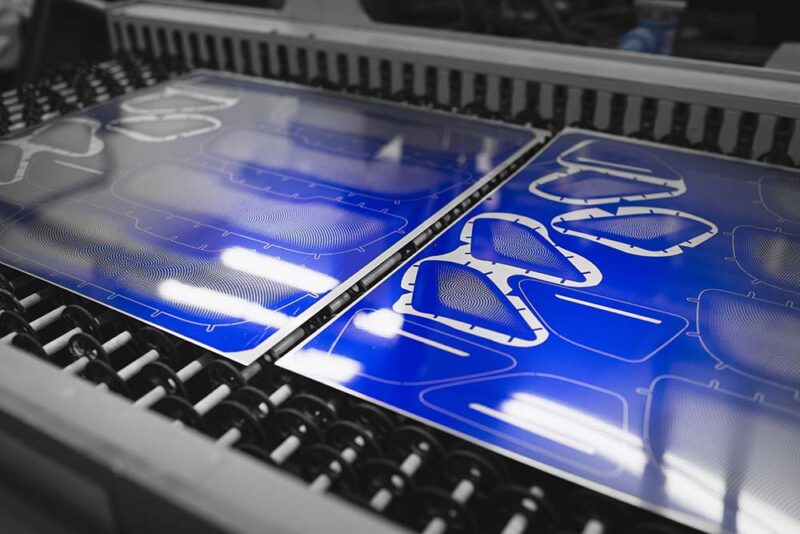Metal etching is one of the many processes that manufacturers use to create finished products. In this process, metal is etched with a chemical to produce a desired effect. Etching can be used to create a variety of images and text, and it’s an essential part of many manufacturing processes. Which chemical is used for metal etching? This is a question we receive frequently, and it’s one that can be tricky to answer. There are a number of factors that play into this decision, including the type of metal being etched, the specifics of the etching process, and the quality of the final product. In general, however, most metals can be etched using a variety of chemicals.
What is the Role of Copper in Metal Etching?

The role of copper in chemical metal etching can be summarized as follows:
– Copper reacts with acid to produce a copper salt, which enhances the etching process.
– Copper also oxidizes to form other compounds that help remove unwanted material from the surface of the metal.
– Copper is also a good conductor of electricity, which helps to remove unwanted material by creating currents.
All of these factors work together to produce a cleaner and more efficient metal etching process. Actually, to improve the overall etching process.
What are the Different Types of Copper Salts?
There are different types of copper salts, each with its own unique properties that can be used in various ways to achieve desired results. Salts made of copper and other metals combined with acids or bases have been used for thousands of years to create a variety of objects, including weapons and jewelry. Copper sulfate is the most common type of copper salt and is often used as an etching agent because it is non-toxic and has a strong acidity. Copper chloride is another popular salt and can be used to create green or blue shades when etching metals. Other salts include copper nitrate, copper carbonate, copper hydroxide, and copper sulfate acetate.
What are the Different Types of Copper Fluxes?

Copper fluxes are a type of chemical used for metal etching. There are three different types of copper fluxes: acid copper, base copper, and acid-base copper. Acid-copper flux is the most popular type because it is easy to use and doesn’t require a lot of preparation time. Base copper flux is less common but is more effective when it comes to removing metal oxide layers. Acid-base copper flux is the most expensive but also has the best results when it comes to removing metal oxides.
There are other types of fluxes, such as iron and aluminum, but copper is the most common.
Conclusion
In this article, we have discussed the different chemicals used for metal etching. We have provided a brief explanation of each chemical and its use in metal etching. Finally, we have provided some tips on how to choose the right chemical for your specific needs. So read on to learn more about these important compounds!


